 The poster abstract submission deadline has been extended to 5 December 2025.
The poster abstract submission deadline has been extended to 5 December 2025.
There is still time to submit your abstracts for the 48th Annual Condensed Matter and Materials Meeting (CMM) and the 6th Asia-Pacific Conference on Condensed Matter Physics (AC2MP), taking place 9–13 February 2026 at Charles Sturt University, Wagga Wagga, NSW.
We are pleased to share that AC2MP2026 presentation awards will be offered. Outstanding presentations by students and young researchers will receive an AC2MP Award, which includes a certificate and a travel award (AUD 200–500). Young researchers are strongly encouraged to participate.
The Wagga/AC2MP 2026 organising committee now have some travel grants and ECR scholarships available! Please find the details, eligibility criteria and application forms at this website: https://www.aip.org.au/CMM-scholarships The closing date for applications is 15th December.
The list of plenary and invited speakers is now available on the conference website, featuring leading researchers from across Australia, New Zealand, and the broader Asia–Pacific region.
Early-bird registration is open until 31 December 2025
Speakers, registration & abstract submission: www.aip.org.au/CMM-Conference

